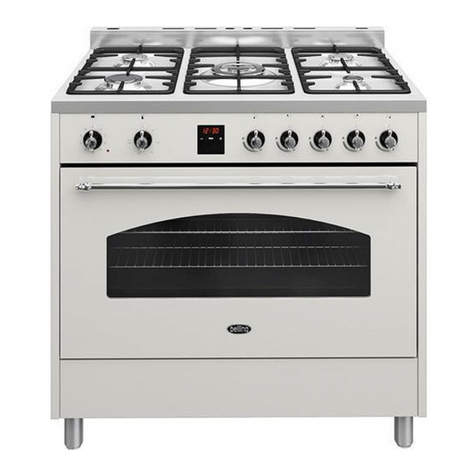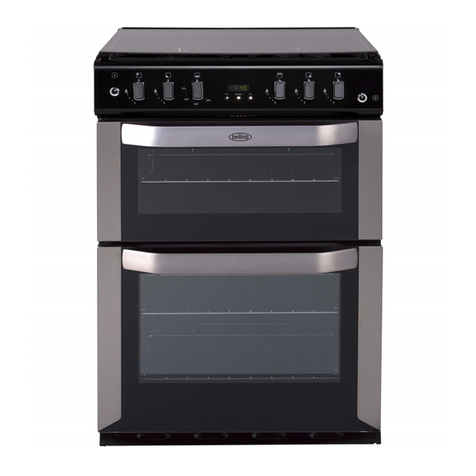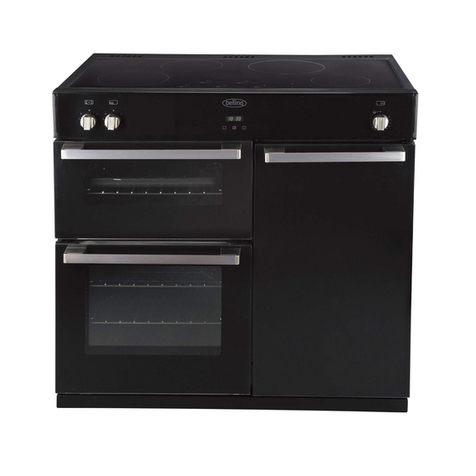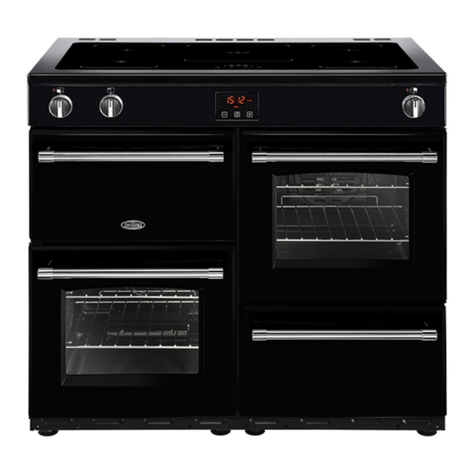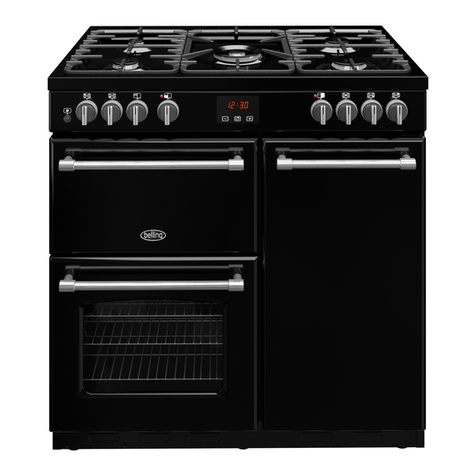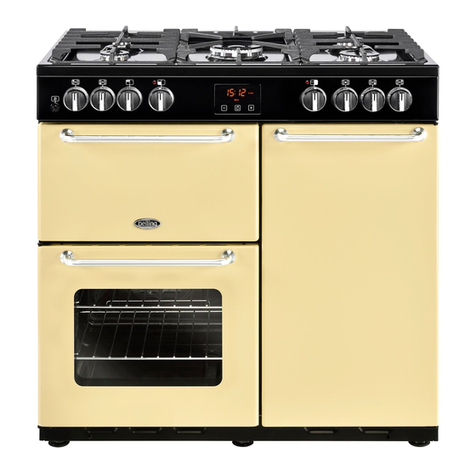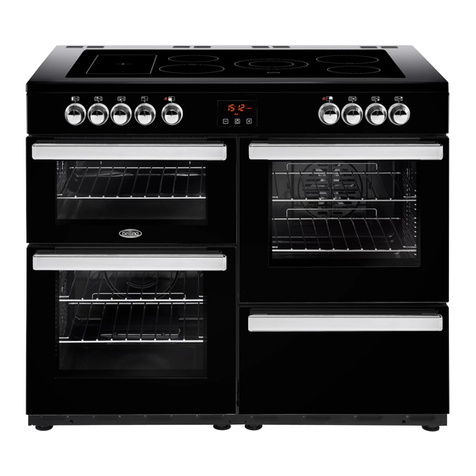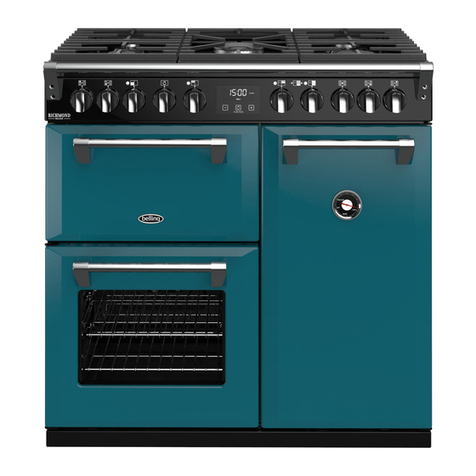
5
SAFETY
WARNING
6Never put items directly on the base
of the oven or cover the oven with foil,
as this can cause the base element to
overheat.
6Accessible parts may become hot when
the grill is in use. Children should be kept
away
6Do not place articles on or against the
appliance.
6Always switch off your appliance and
allow it to cool down before you clean
any part of it.
6Although every care has been taken to
ensure this appliance has no sharp edges,
we recommend that you wear protective
gloves when installing and moving this
appliance. This will prevent injury.
6This appliance must be fitted to a switch
providing all pole disconnection with a
minimum contact separation of 3mm.
6Connection should be made with a
suitable flexible cable with a minimum
temperature of 70°C.
6Do not use a steam cleaner on any
cooking range, hob or oven appliance.
6If your appliance is fitted with a lid, any
spillage should be removed from the lid
before opening. The hob surface should
be allowed to cool before closing the lid
(if fitted).
6To avoid electric shock, ensure that the
appliance is switched off before replacing
the lamp.
6The appliance is not intended to be
operated by means of an external timer
or separate control system.
6Unattended cooking on a hob with fat or
oil can be dangerous and may result in
fire.
6NEVER try to extinguish a fire with water,
but switch off the appliance and then
cover the flame with a lid or damp cloth.
6Danger of fire: Do not store items on the
cooking surfaces.
6Only use hob guards designed by the
manufacturer of the cooking appliance
or indicated by the manufacturer of the
appliance in the instructions for use as
suitable or hob guards incorporated in
the appliance. The use of inappropriate
hob guards can cause accidents.
6If the cooker is placed on a base,
measures have to be taken to prevent the
appliance slipping from the base.
6The cooking process has to be supervised.
A short term cooking process has to be
supervised continuously.
6This appliance must not be installed
behind a decorative door in order to avoid
overheating.
6Ensure shelving is correctly installed. See
the sections on the shelf runners and
shelf location within this book.
6This appliance is for cooking purposes
only. It must not be used for other
purposes, for example room heating.

